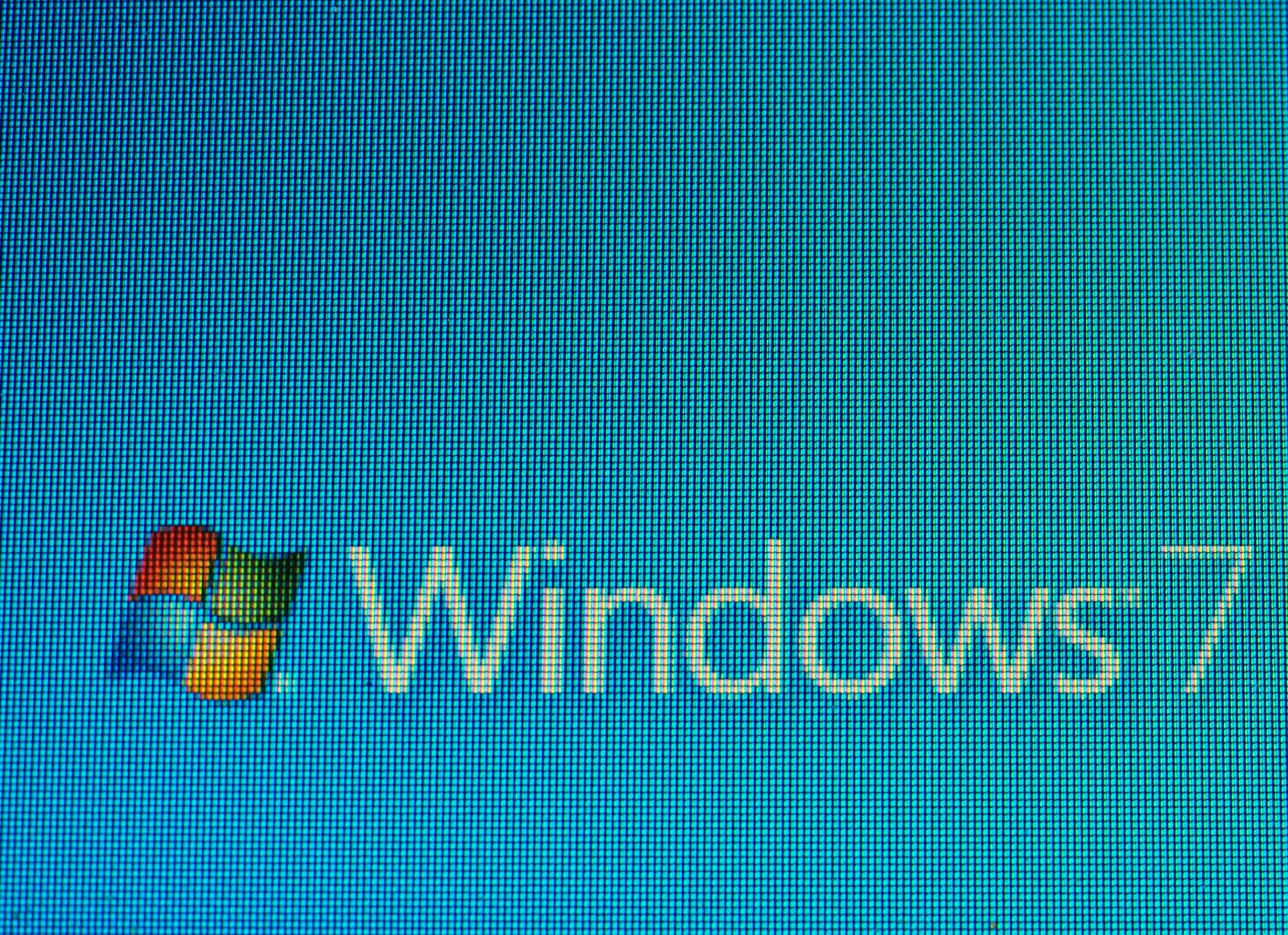We are coming to the end of an era. On January 14, 2020, Microsoft will cease to offer support for Windows 7 and Windows Server 2008/R2. According to a March 2019 report by Net Applications, Windows 7 is currently active on “36.5% of all PCs and 41.7% of those running Windows.” This means that a significant number of PC users have yet to make the jump from Windows 7 to Windows 10 – are you one of them? This sort of obsolescence, known as End Of Life software, is becoming more common. But what can business do about it and why is it a risk?
Ignoring End Of Life software timelines is a bad idea…
For anyone working with hardware and software, obsolescence can be troublesome, annoying, costly, and greatly inhibit overall production. For IT managers overseeing data storage and maintenance, the phasing out of technology can pose major headaches. It’s important, then, for managers to pay close attention to the potential impact of EOL software.
The bottom line is if you’re running EOL software, you’re putting your data infrastructure at considerable risk when a vendor stops delivering standard support services for a product.
Here are just some of the areas that are vulnerable if you’re running EOL software:
Security and operating systems
With EOL software, patches, bug fixes and security upgrades automatically stop. As a result, your product security is essentially at a dead halt. Your security is totally compromised. There’s no quick fix, either; vendors will no longer offer a patch. Using Microsoft as an example, PCs running Windows 7 will soon be vulnerable to viruses, and these can impact newer versions of Microsoft products such as Windows 10.
Operating with non-state-of-the-art security has other pitfalls
Hackers or competitors can infiltrate networks, wreak havoc on infrastructures or steal your precious information. The impact from unsecured hardware and software can be monumental and include: costly data loss; exposure of corporate and personnel data; pilfering of trade secrets; network failure and legal action.
Hardware support and maintenance risk
While some vendors offer extended maintenance for older technology, rely on aging machines means added expenses; failing to purchase contracts for outdated hardware makes upgrading costly, and finding replacement parts can be difficult if not impossible.
Legal and regulatory liability risk
Companies relying on obsolete hardware and software can face heavy fines and even legal action if they don’t comply with government or industry regulations, such as GDPR, particularly when a data breach occurs resulting from the use of older technology.
Reliability and financial risks
Outdated machines are prone to failure and are less reliable, and lease extensions can be real budget-busters; trading outdated equipment for new equipment at the end of a lease makes the most sense.
In short, End Of Life software can end up costing your business a considerable amount in money, and in lost productivity. However, EOL does not have to spell disaster. With an adequate understanding of the risks involved, advanced planning, and asking for help, you can identify and migrate away from EOL software.
The best decision is for organisations to upgrade to a fully supported operating system, such as Windows 10, as soon as possible.
We are here to provide guidance on our solutions to keep you up and running. We recognise the move from Windows 7 to Windows 10 for example will require strategic planning and execution; we’re here to guide you through the process!
Get in touch
For questions about upgrading your IT equipment to support with network inventory or an IT audit, contact Hosts Unlimited today, who can present you with the options best suited to your business.

